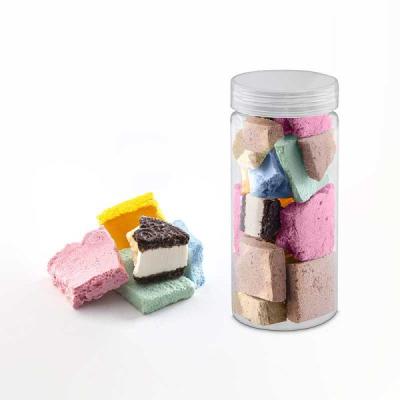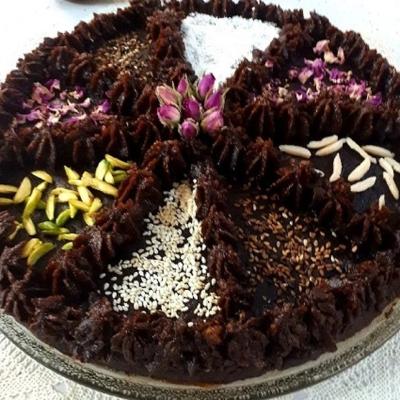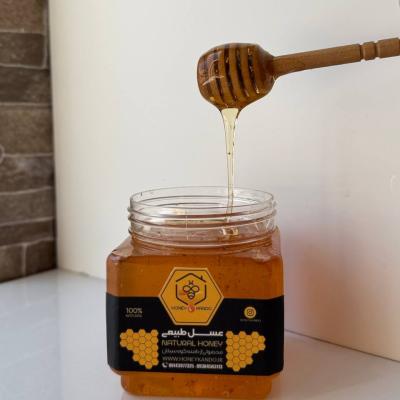
Black Halva of Ardabil (sometimes called Qara Halva by locals) is one of the most well-known souvenirs of the historic city of Ardabil. This authentic sweet, with its unique taste and warm nature, has been cooked and consumed for many years as one of the most popular Iranian halvas; so much so that some sources refer to it as “the most famous halva of Iran” (tehranoffers.com). The reputable brand Dadeh & Rahmat, using a traditional recipe and completely natural ingredients, offers this nutritious product in packaged form.
Ardabil province is famous for its mountainous climate and cold winters. The inhabitants of this region prepare nutritious foods for the cold season, and Black Halva is one of the most important of them. Black Halva is considered an inseparable part of the food culture of this region and in the past was prepared in family gatherings. Therefore, it is no surprise that many travelers and tourists take Black Halva with them as a memento of this city.
Nutritionists recommend that Black Halva, when consumed in moderation, can be a part of a healthy diet as a food supplement. Always eat this nutritious sweet along with meals containing protein and vegetables to maintain nutritional balance.
The brand Dadeh & Rahmat is one of the experienced producers of Ardabil province which, in addition to Black Halva, is active in producing products such as Sabalan mountain honey and herbal extracts. This company, by respecting traditions and using local raw materials, has preserved the quality and authenticity of its products and has always been trusted by buyers across the country.
Introduction of Black Halva and its historical roots in Ardabil
Ardabil’s Black Halva, or Qara Halva, has been considered a traditional and local food throughout the history of Ardabil. According to credible sources, the origin of this delicious sweet goes back about 90 years and was exclusively prepared in the Ardabil region. The name “Qara Halva” in Azerbaijani Turkish means “Black Halva” and refers to the dark, rich color of this product. Today, this halva is known as one of the most important souvenirs of Ardabil.
In the past, cooking Black Halva was often accompanied by special rituals. People used large copper pots to ensure even heat distribution. Women of the family would gather for hours, continuously stirring the mixture with large wooden spoons so it wouldn’t stick to the pot and would be cooked thoroughly. After cooking, the halva was shaped into round or flat pieces and stored in clay containers or clean cloths. This collective ritual of cooking halva reflects the cultural bond of the Ardabil people with this special food.
The traditional production areas of Black Halva in Ardabil are usually linked to cities such as Meshgin Shahr and Sarein, located on the slopes of Mount Sabalan. Due to its mountainous vegetation and natural beehives, this region is also famous for producing natural Sabalan honey, alongside Black Halva. Therefore, Black Halva can be considered one of the culinary symbols of Sabalan, alongside other local souvenirs.
Among the people of Ardabil, Black Halva is considered an important and prestigious delicacy. In many celebrations and gatherings, Black Halva is served alongside nuts and traditional sweets as a sign of hospitality and generosity. Some families, as a traditional custom, eat halva on Yalda night along with dried fruits and nuts to provide energy for the longest night of the year.
In recent years, Black Halva has also gained attention in the media, with videos of its preparation becoming popular on social networks. This publicity has attracted more tourists to Ardabil to taste Black Halva, and many local restaurants have even added it to their menus.
Main ingredients of Black Halva
Ardabil Black Halva is prepared from very nutritious and healthy ingredients, each playing a unique role in its flavor and properties:
- Whole wheat flour and wheat germ: the main base of the halva. Wheat germ is obtained by soaking and sprouting wheat seeds, rich in B vitamins, protein, and fiber.
- Ground walnut: a rich source of omega-3 and antioxidants, increasing the nutritional value and making the texture softer.
- Animal butter or ghee: the main source of healthy fats in the halva, giving it a warm nature, buttery flavor, and providing fat-soluble vitamins A, D, E, and K.
- Natural grape molasses or date syrup: the main sweetener, used instead of refined sugar, providing minerals like iron and potassium.
- Local aromatic spices: warm spices like cinnamon, cardamom, black pepper, cloves, and ginger, adding fragrance, flavor, and mild medicinal effects such as improved digestion and energy.
A standard recipe usually contains about 1 kg of wheat flour (with germ), 300 g of ground walnuts, 400 g of grape/date syrup, and 150 g of butter, plus a tablespoon of spices. This combination makes the halva both nutritious and calorie-dense.
Traditional cooking steps
- Soak wheat for 2–3 days until it sprouts, then grind it into a dough with some water.
- Add ground walnuts and spices, heat gently while stirring continuously.
- When the mixture turns golden-brown, add butter and continue stirring carefully.
- Add grape or date syrup and stir until fully absorbed.
- After cooking, let it cool slightly, then shape into balls or slices. The final halva should have a dark color and mild peppery taste.
Patience and constant stirring are the key to success, as any negligence may burn the halva.
Comparison: Dadeh & Rahmat vs. Industrial Types
| Feature | Dadeh & Rahmat Black Halva | Industrial Black Halva |
|---|---|---|
| Ingredients | Whole wheat, germ, walnuts, butter, natural molasses, spices | Refined flour, sugar/glucose syrup, vegetable oils, additives |
| Sweetener | Natural grape/date syrup | Refined sugar |
| Oils | Animal butter/ghee | Vegetable oils |
| Additives | None | Preservatives, colors, flavors possible |
| Taste/Texture | Peppery, soft, sticky | Milder, denser |
| Health Value | Nutrient-rich, warm-natured | High-calorie, fewer nutrients |
| Price | Relatively high (premium quality) | Medium to low |
Health benefits
- Provides abundant energy and natural body warmth.
- Improves digestion and gut function.
- Strengthens immunity and boosts vitality.
- May help relieve muscle and joint pains.
- Contains wheat germ for brain and energy support.
- Walnuts protect heart health and improve memory.
- Grape/date syrup provides quick energy and prevents anemia.
About 30–50 g of Black Halva provides 150–250 kcal, making it suitable for athletes and climbers as a natural energy booster.
How to consume
- As a snack or dessert, often with tea or coffee.
- With local bread, butter, or cheese for a savory-sweet mix.
- Garnished with nuts or eaten warm with honey or homemade jam.
- At suhoor in Ramadan for lasting energy.
- Crumbled into hot milk or sweet tea as a winter comfort food.
- Suitable in moderation for children, the elderly, or recovering patients.
Storage
- Keep in an airtight container in a cool, dry place.
- Do not refrigerate (cold moisture alters the texture).
- Avoid sunlight, humidity, or direct heat.
- Proper storage at room temperature keeps it fresh for months.
Buying online from Honeykando.ir
- Authentic Dadeh & Rahmat Black Halva guaranteed.
- Easy purchase, 24/7 ordering.
- Fast, secure nationwide delivery.
- Safe online payment.
- Seasonal discounts and customer reviews available.
- Also offers other Ardabil souvenirs like Sabalan honey and traditional sweets.
FAQ (Frequently Asked Questions)
- What is Black Halva and why is it called Qara Halva?
Because of its dark color, qara means black in Azerbaijani Turkish. - Does Dadeh & Rahmat contain preservatives?
No, it’s 100% natural. - How long does it last?
Several months at room temperature in sealed containers. - Is it the same as Halva Ardebil (Sesame halva)?
No, they are different. Halva Ardebil is made from sesame paste (tahini). - Is it suitable for children?
Yes, but in moderation. - Can diabetics eat it?
Only with caution and medical advice, since it contains natural sugars. - Does it contain gluten?
Yes, it is wheat-based. - Calories?
About 400 kcal per 100 g. - Suitable for vegetarians?
Yes for lacto-vegetarians, but not for vegans (contains butter).
Add your review
Your email address will not be published. Required fields are marked *
Please login to write review!
Looks like there are no reviews yet.







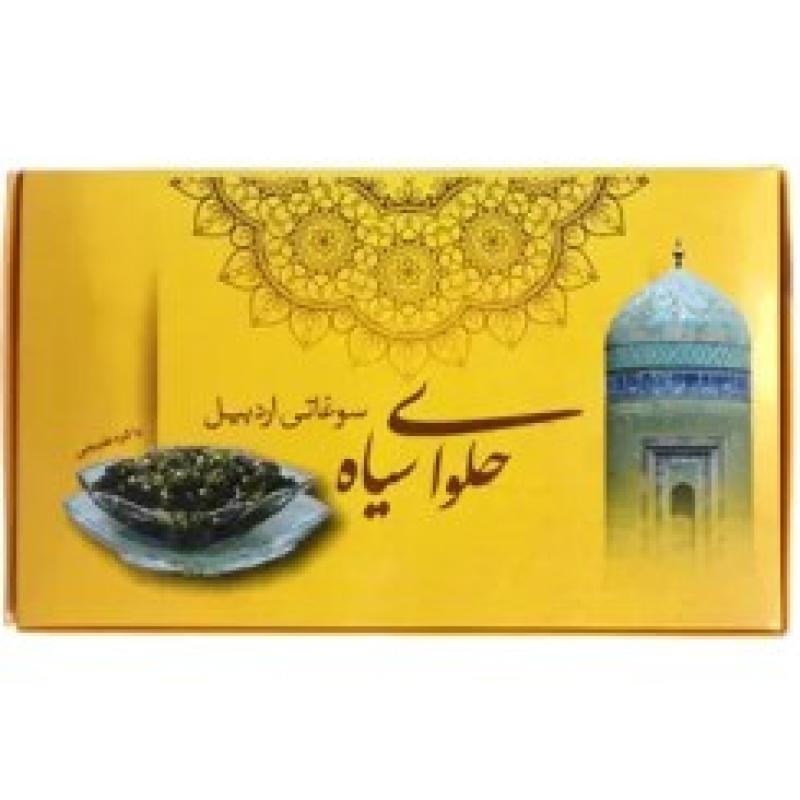
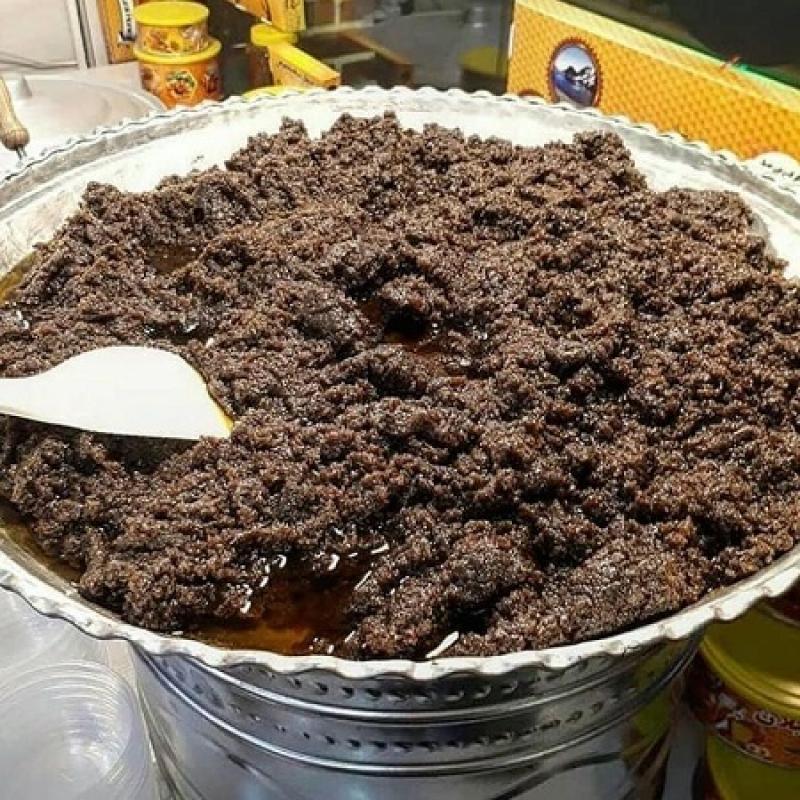
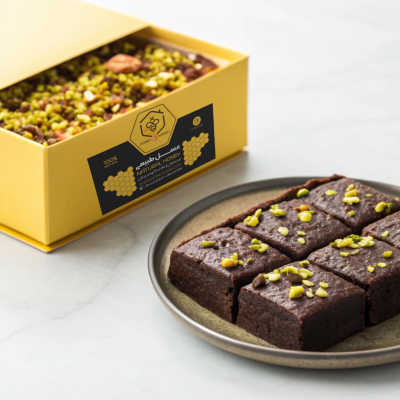
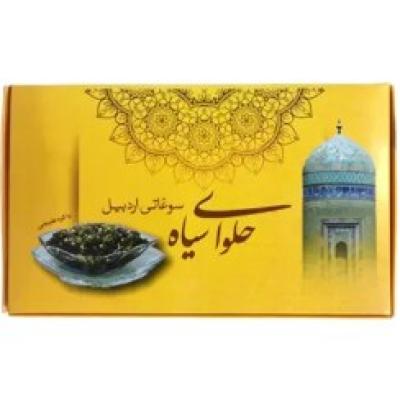
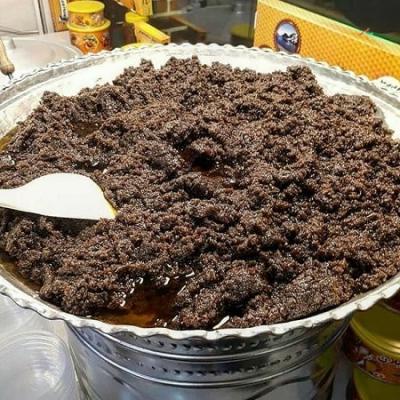
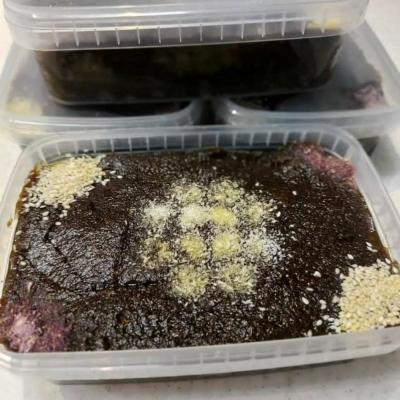
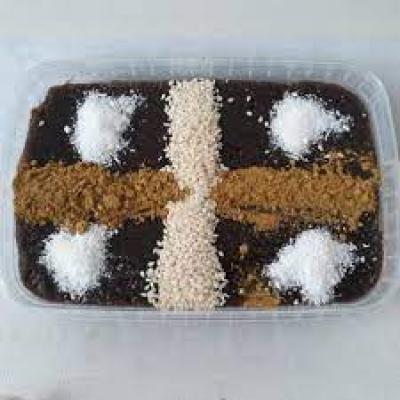
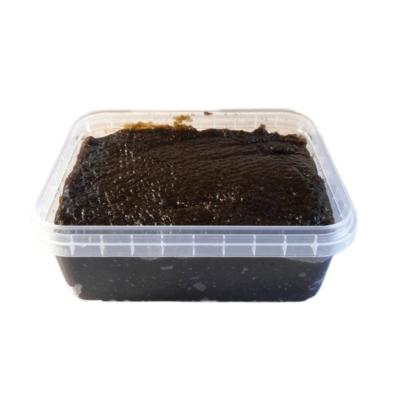
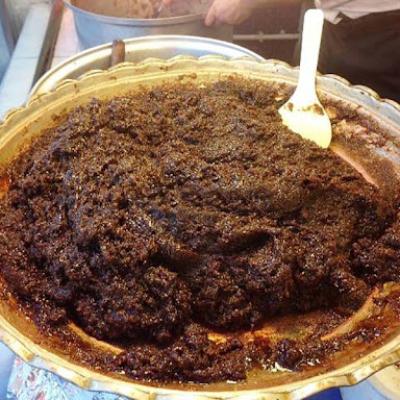
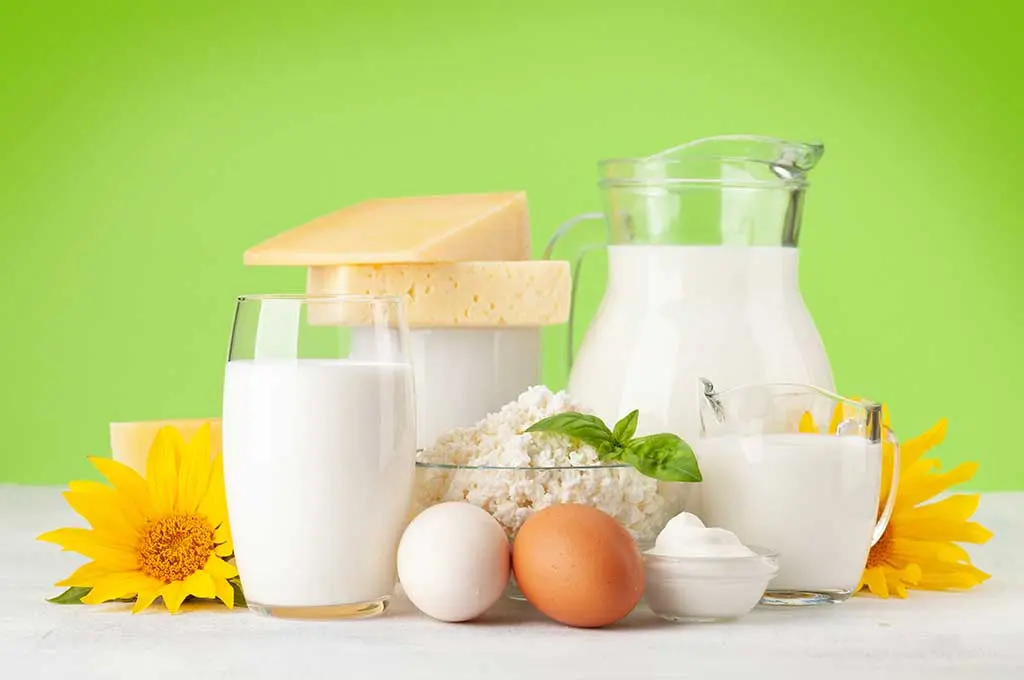 Milk and dairy products
Milk and dairy products 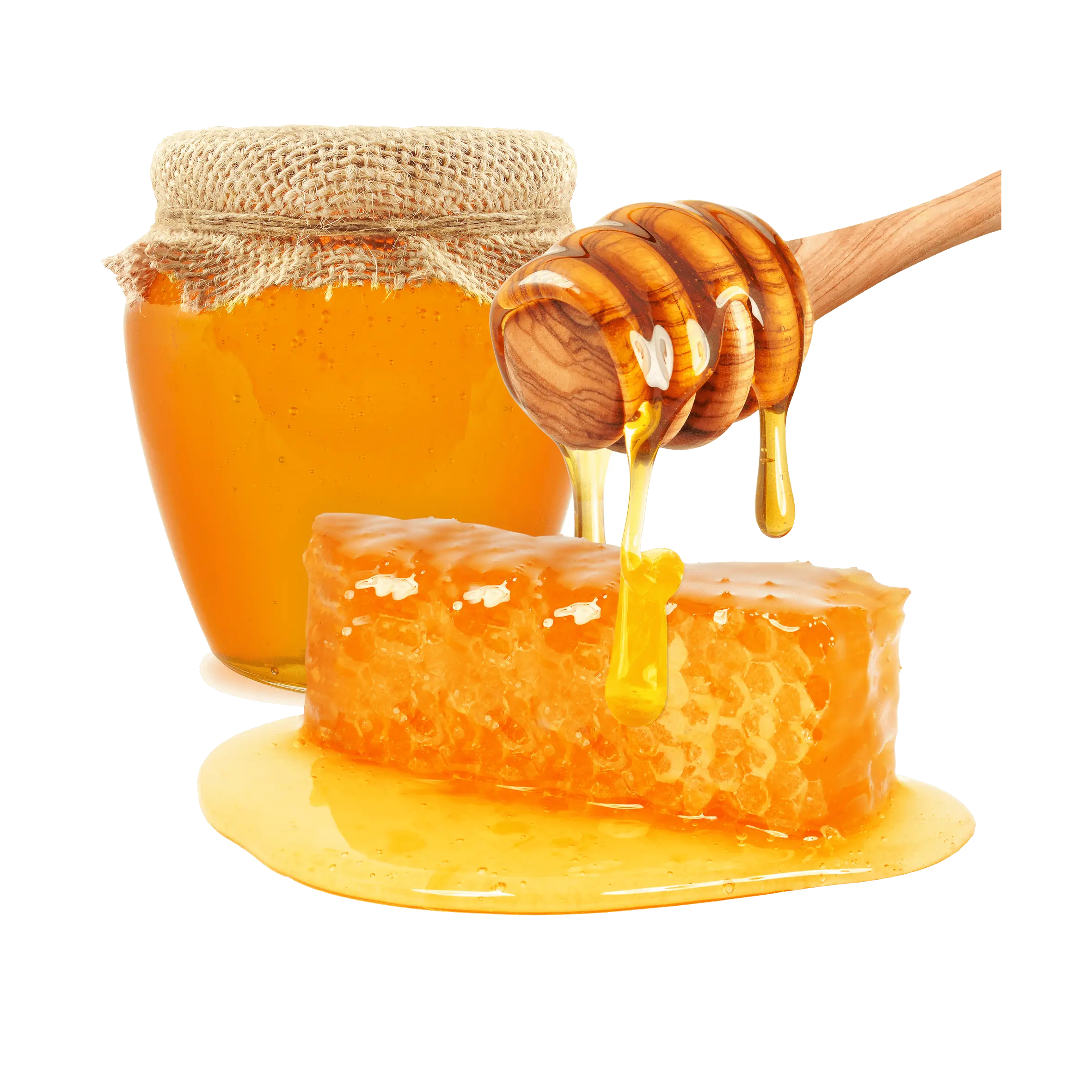 Natural honey
Natural honey 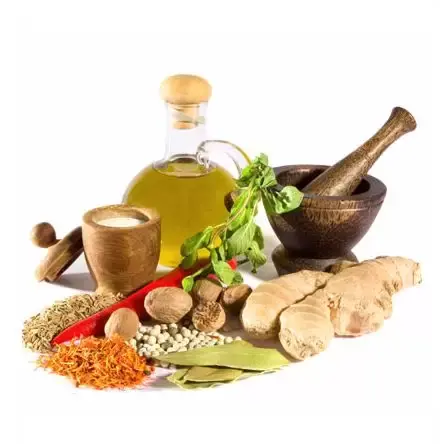 گیاهان دارویی
گیاهان دارویی  سوغاتی محلی
سوغاتی محلی 